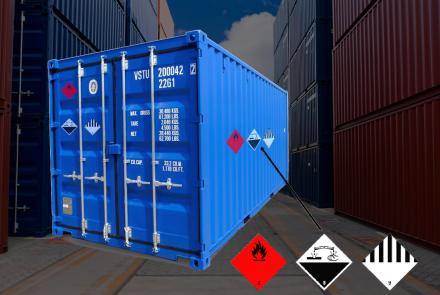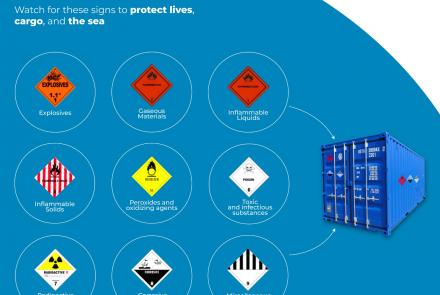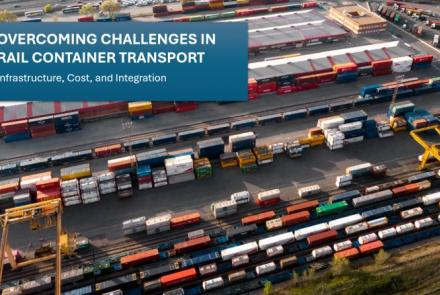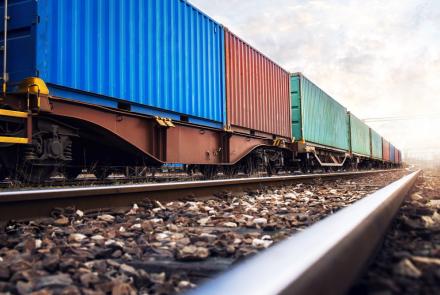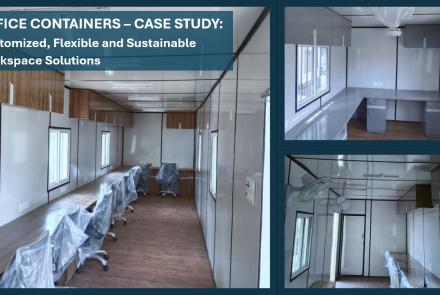"Container Lashing" - What do we understand from this, and how does it ensure the safety of vessels in the high seas?
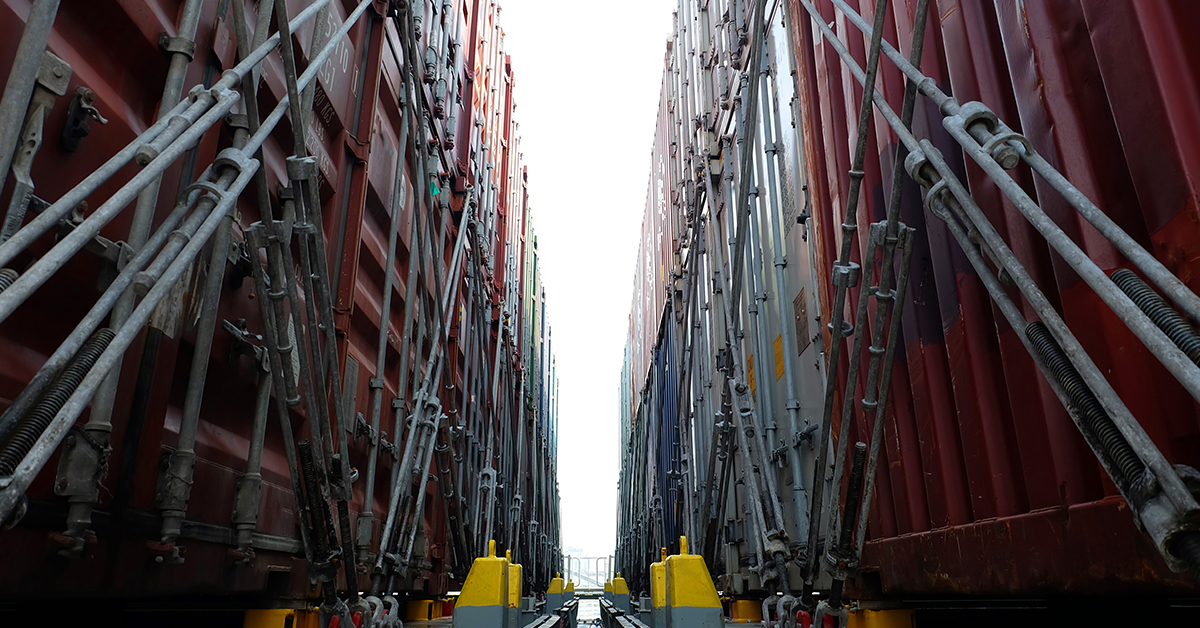
In 2019, the shipping industry carried 226 million containers across the globe with cargo valued at over US$4 trillion. It’s interesting to observe that between 2008 and 2019, on average1382 containers, sank into the sea every year due to stack collapses. This brings us to the question – What causes container collapses, and how can we exercise better control over such incidents?
Factors that contribute to stack collapses at sea are:
- Heavy wind load
- Parametric and synchronous rolling of the vessel
- Waves and water entry
- Structural integrity of containers
- Improper securing of containers to the vessel
We have discussed the above points in our recent blog “Have you wondered why Container-stacks collapse at sea?”
Now, let’s understand the meaning of “Container Lashing” and how it plays an important role in keeping the vessel, its crew members and cargo safe from harm when sailing the high seas.
A vessel at sea has six forces acting upon it. Heave, Sway and Surge are the linear motions. Another force known as Rolling is a rotation along the longitudinal axis of the vessel. Pitching is a swirl around the transverse axis and Yawing is a rotation around the vertical axis. When these forces go beyond the minimum threshold, they destabilize a moving vessel. For the safe transportation of containers on the deck, the containers must anchor firmly to the vessel’s structure with devices that primarily comprise Lashing Rods, Turnbuckles and Twist-locks. These reinforcements impart the strength to the containers to withstand and overcome the influence of rough seas and keep the vessel, its crew and cargo protected. A combination of all these solid supporting devices holds the containers together in a strong and tight formation, lending good balance and stability to the vessel.
Twist-locks are fastened to the corner castings of the containers that have slots to which the rotating lug of the twist-lock engages, securing together the containers stacked vertically. Lashing rods hold the bottom layers of the stacked containers to the vessel. Each stack stands like an independent tower to enable unhindered stowing and unloading of containers along the vessel’s route at different ports. But in heavy seas, these stacks could sway back and forth endangering the ship’s stability.
The lashing rods are positioned and secured in cross-sections in the front and back of each container stack to dampen the lateral movements. Depending upon the height of the container stacks on the deck and the maximum allowed weight, the stacks are secured at the bottom by lashing rods. Lashing bridges running across the ship between the rows of containers are used to fasten these lashing rods. It is important that shippers must declare the correct weight of each container because the heaviest containers have to be placed at the bottom and the lightest at the top.
The stability of a ship determines to what extent it will roll if caught in a swell. A ship with the right stability will quickly reposition itself after an impact with external forces and regain its balance.
The condition of the lashing gear and other securing apparatus must be regularly checked for damage and drop in performance. If found defective, they must be replaced. While sailing, the crew must check and tighten the lashing gears, turnbuckles and the associated accessories.
The International Maritime Organization’s revised code of conduct for the Safety of Life at Sea Convention (SOLAS) came into force in July 2016. It stipulates that containers must have a verified weight report as a prerequisite for loading them onto a vessel. The responsibility for verifying the correct weight of the container lies with the shipper.
Unpredictable weather could always prove disastrous despite taking every onboard precaution. A well-thought-out route plan and the crew’s proactive involvement in the event of an impending problem will go a long way in guaranteeing a successful voyage.
- Log in to post comments


